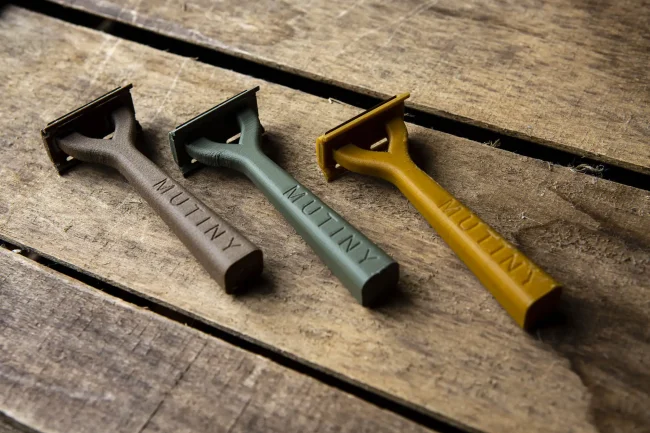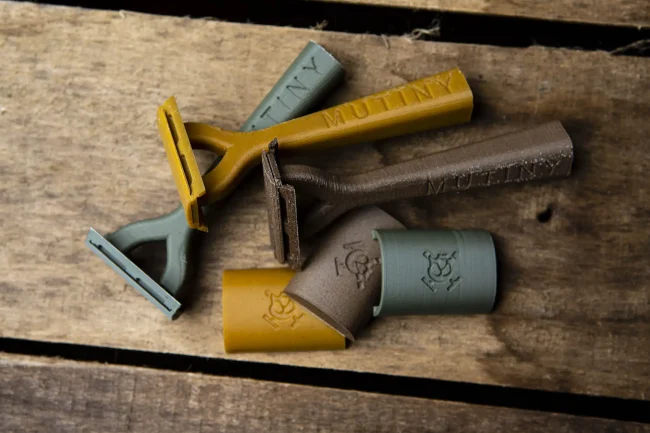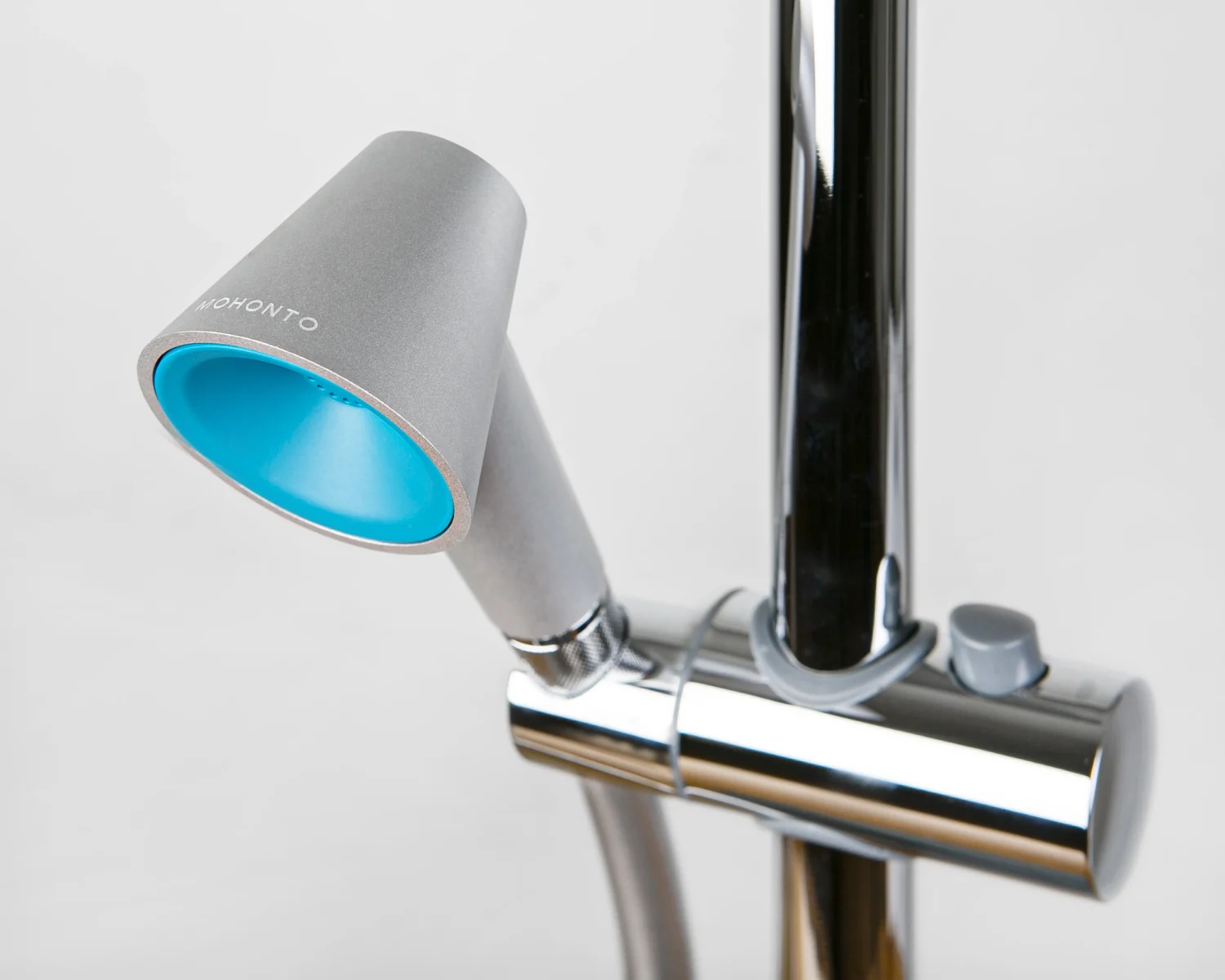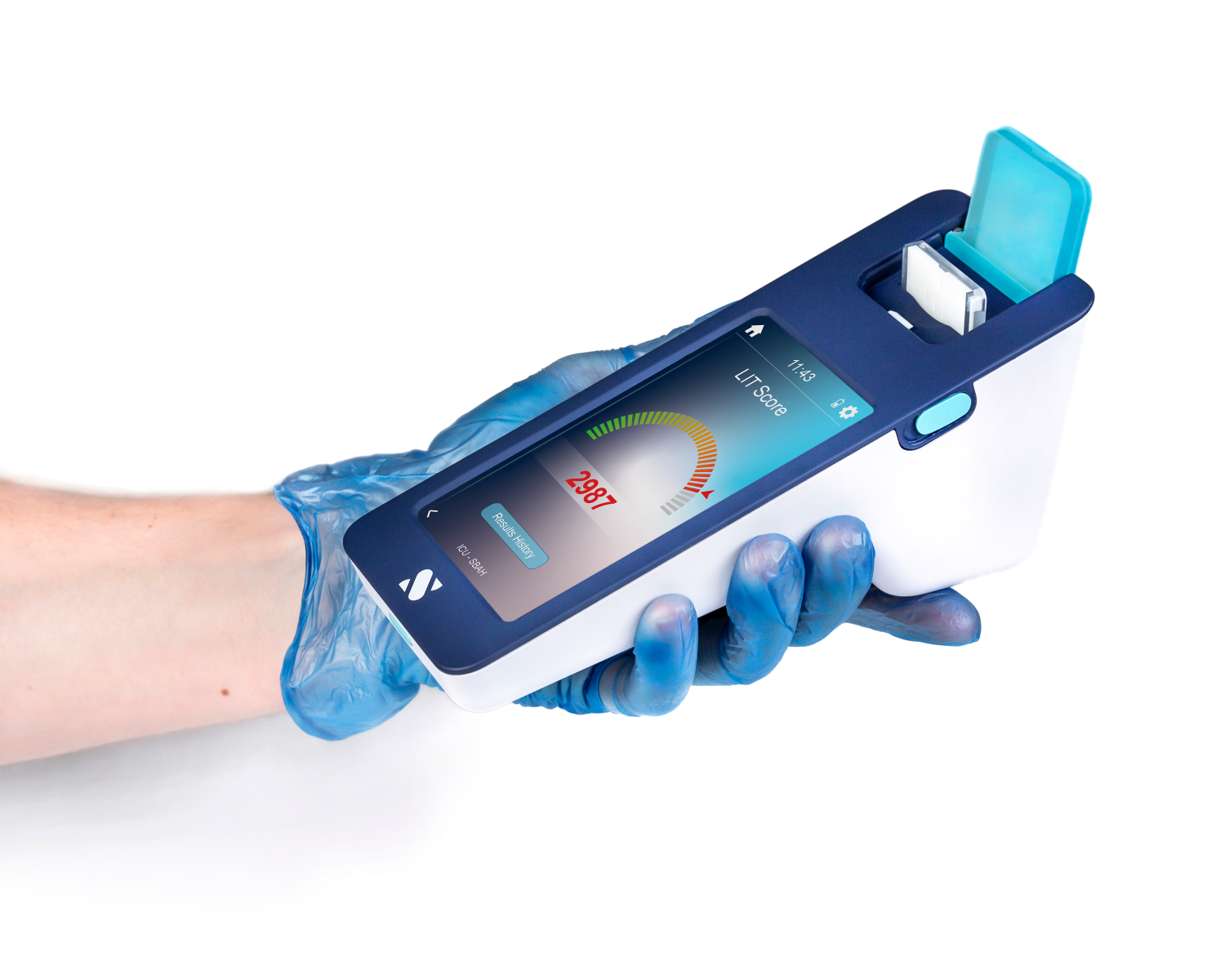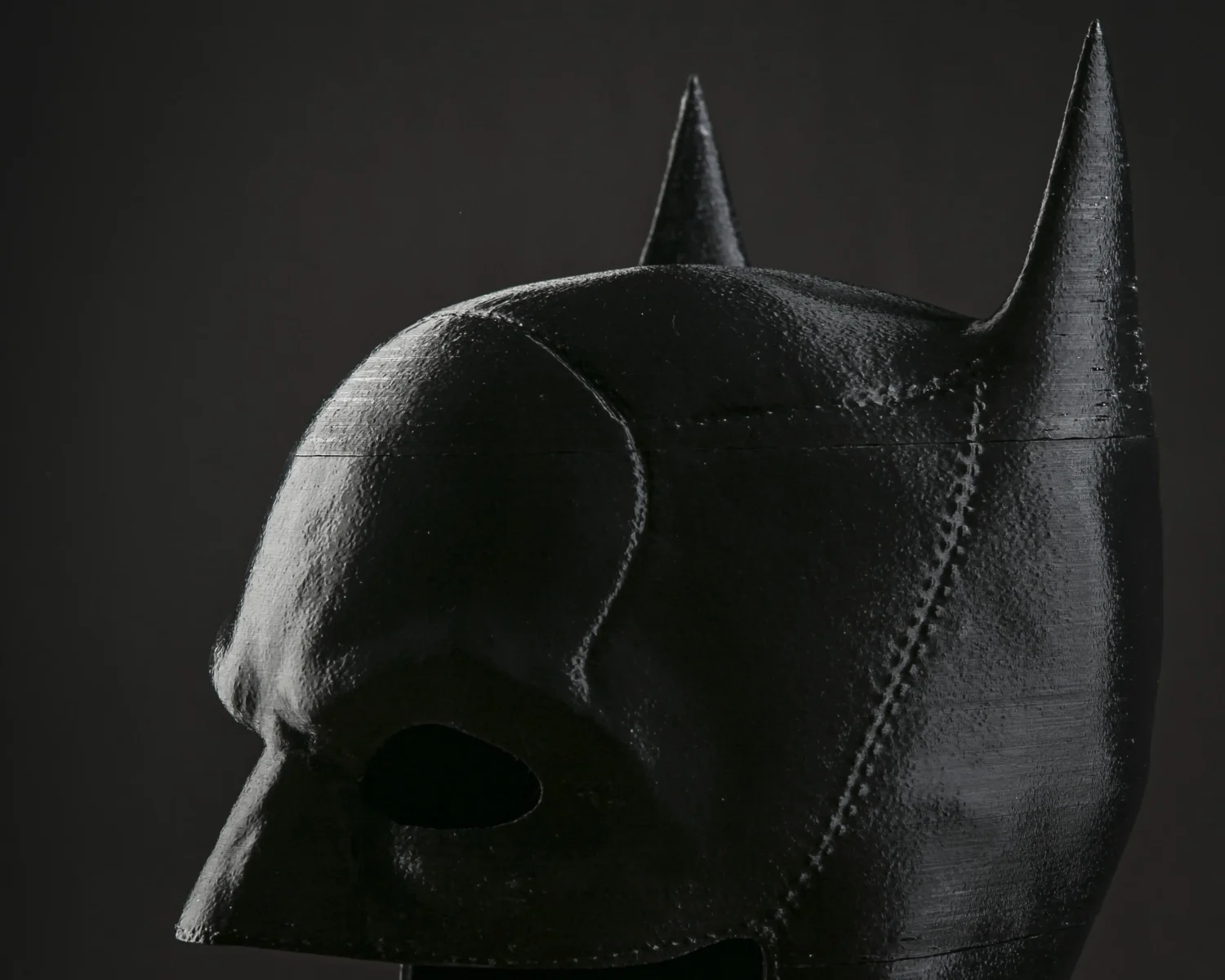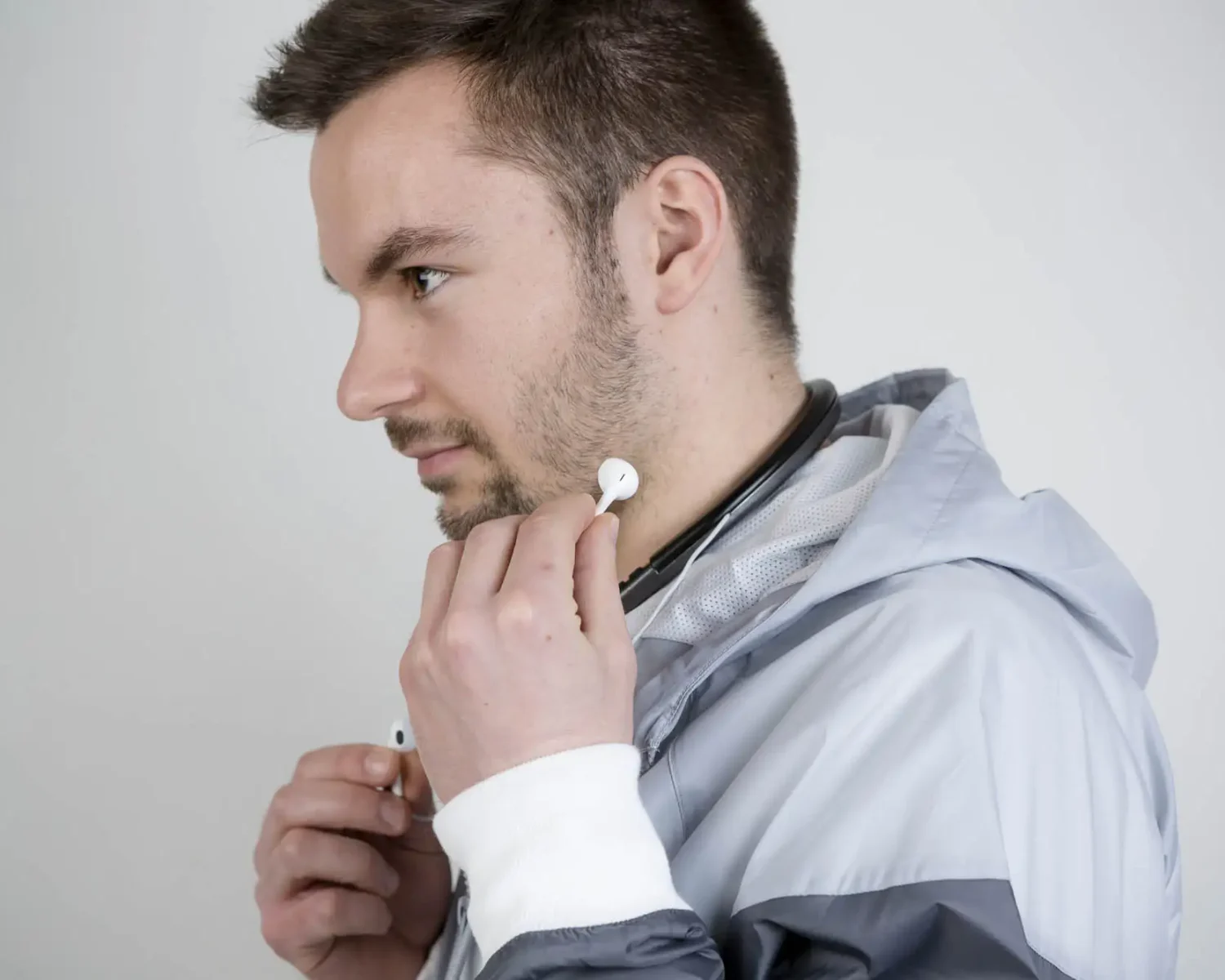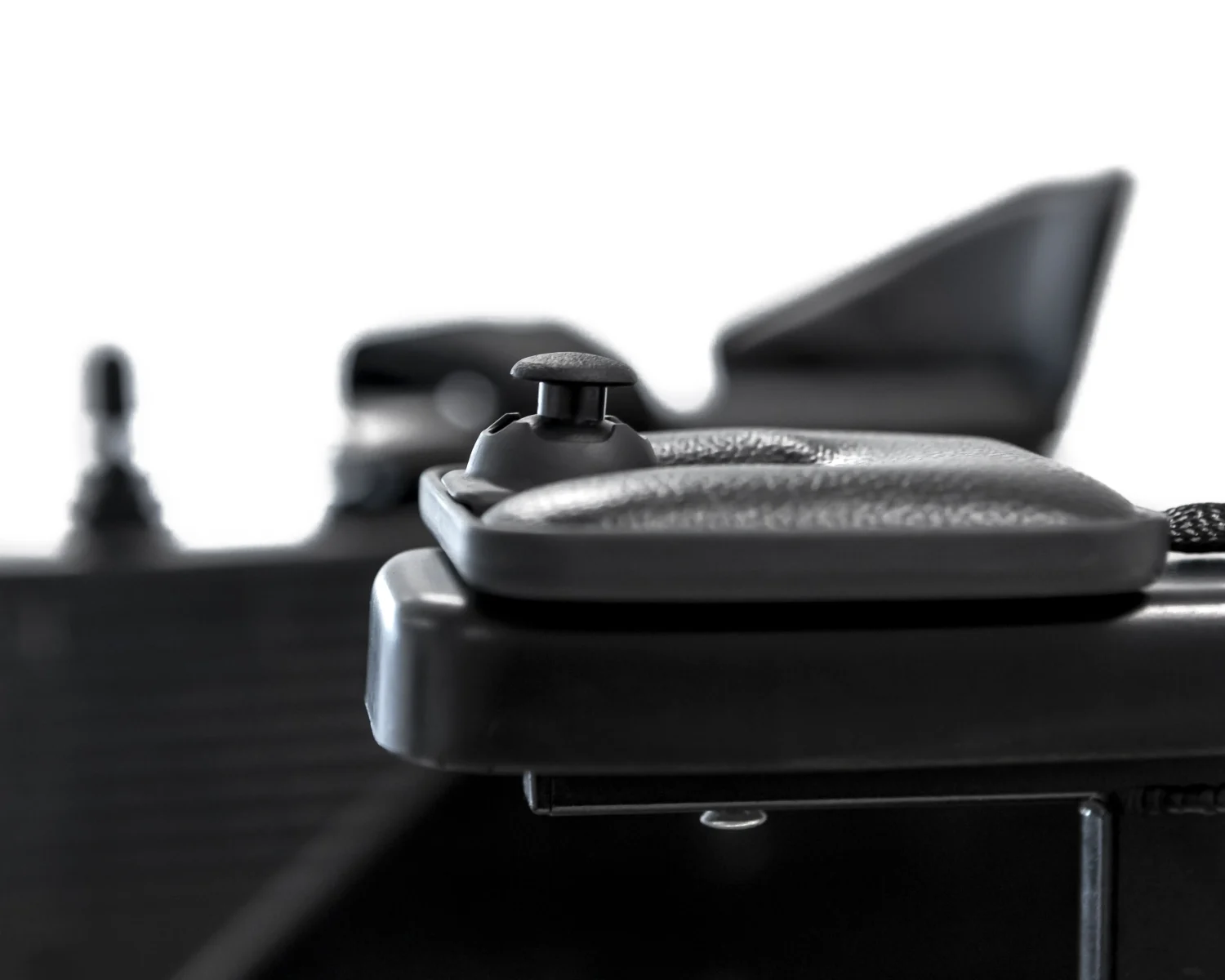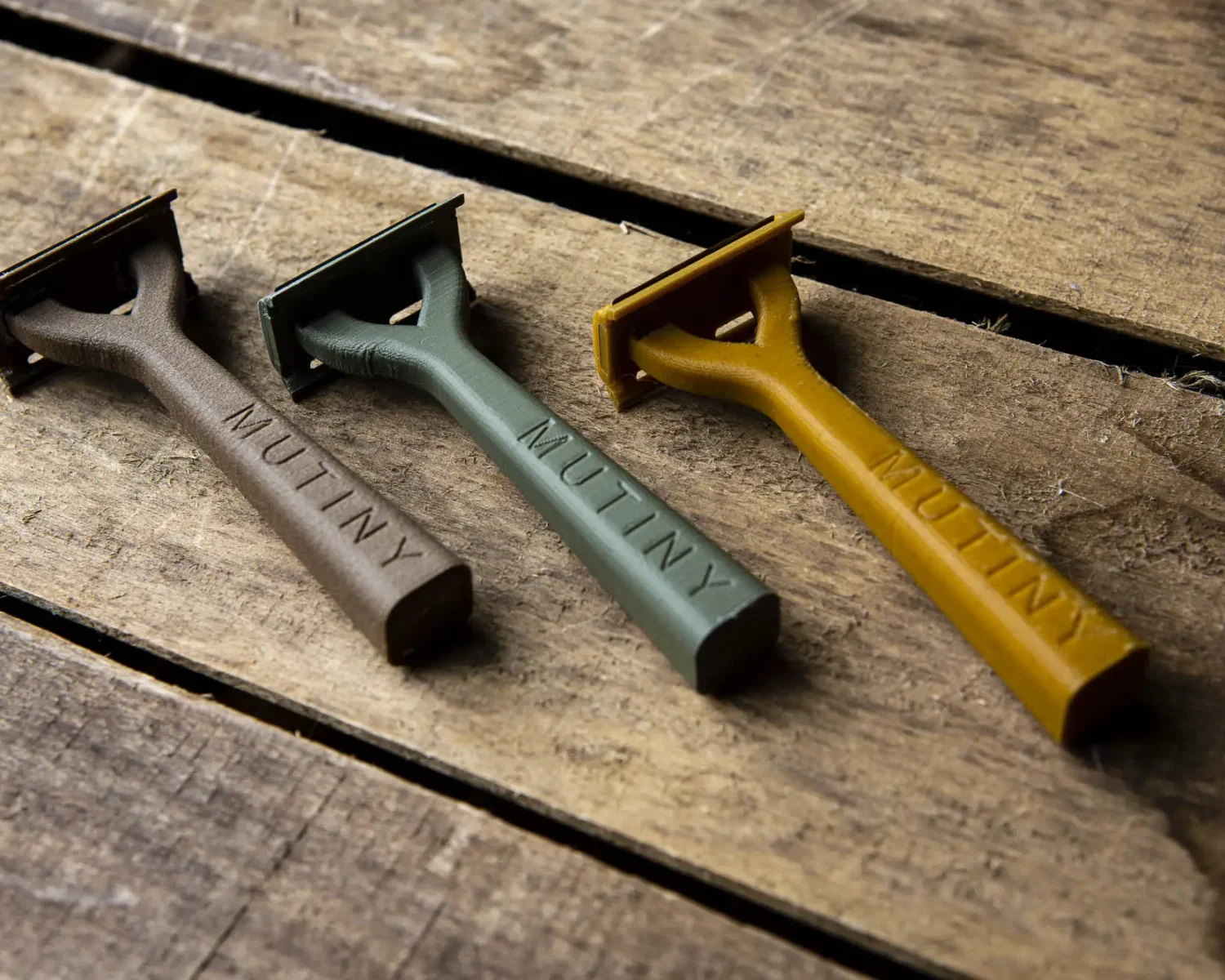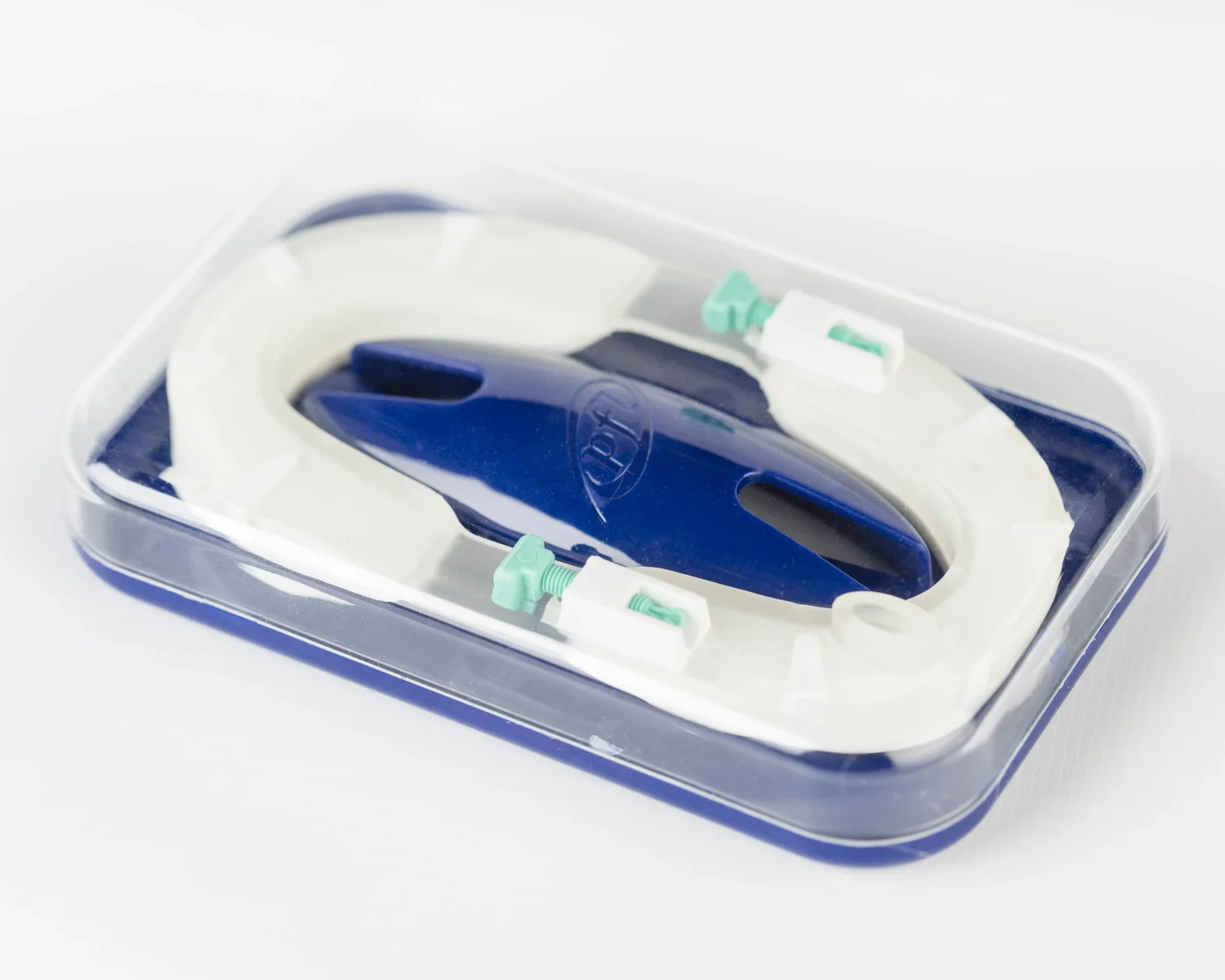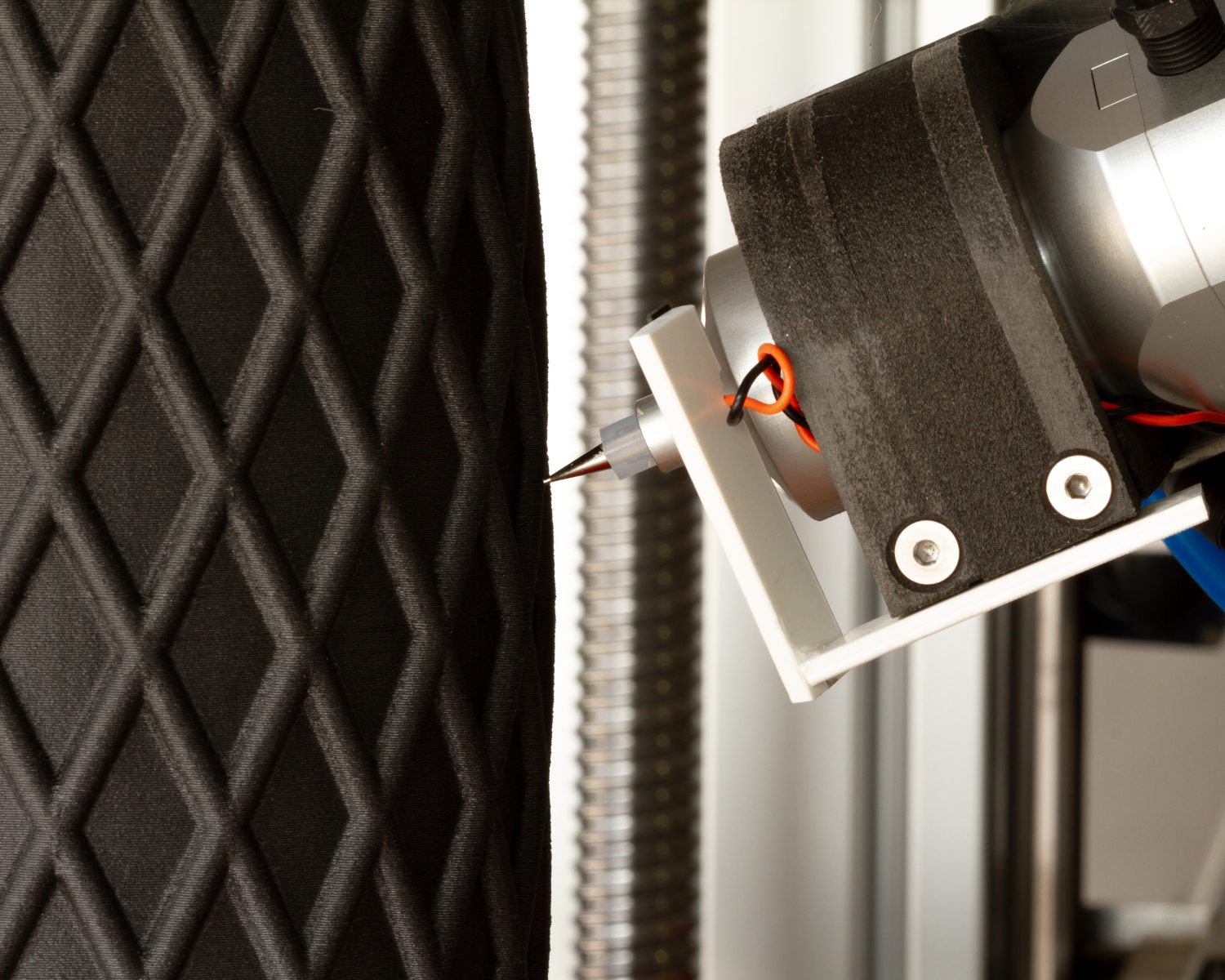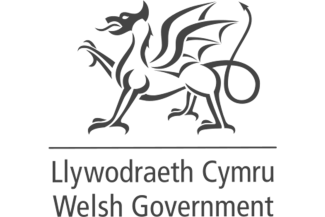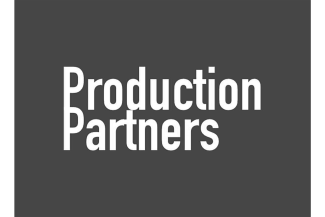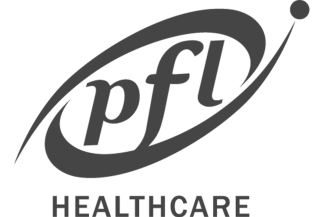Additive Manufacturing.
Using our in-house 3D printing capabilities, we prototype and test the designs we create.
Technology advancements mean that additive manufacturing is now a cost effective production method.
You’re likely to have questions such as what 3D printing processes are available? What materials are suitable for my product? How much will it cost to print my design? And how many units can I build using additive manufacturing?
ITERATE is a purpose-driven product design consultancy. Whether you are a start-up business or an established organisation, we can help get your product to market. Over the past 10 years, our team has worked with businesses across the medical; consumer; and industrial sectors. These companies have capitalised on our expert knowledge of design, innovation, engineering and manufacturing – to create new products that enhance the lives of their users and have a positive influence in the world.
We believe that product development is a vehicle for generating revenue. And, we know that major success can only be achieved if project aims are clearly defined from the start; your product is developed by following our stage-gated pathway; and most importantly, that open and honest communication remains a constant throughout.
If you choose to work with us, you will not only gain access to our design expertise but partner with a group of like-minded business people who can position you to realise a return on your investment.
Our Approach.
Our trademarked Rapid Product Development (RPD) Pathway is central to every project. Whether you want to work with us to design an award winning consumer product, or a game changing medical device – we will walk you through a series of stages so that we can achieve the best outcome for your business. Our design management approach ensures that your technical, commercial and financial risks are mitigated throughout the entire development journey.
1 - Foresight
We will determine the technical and commercial viability of your design idea at the start of your journey.
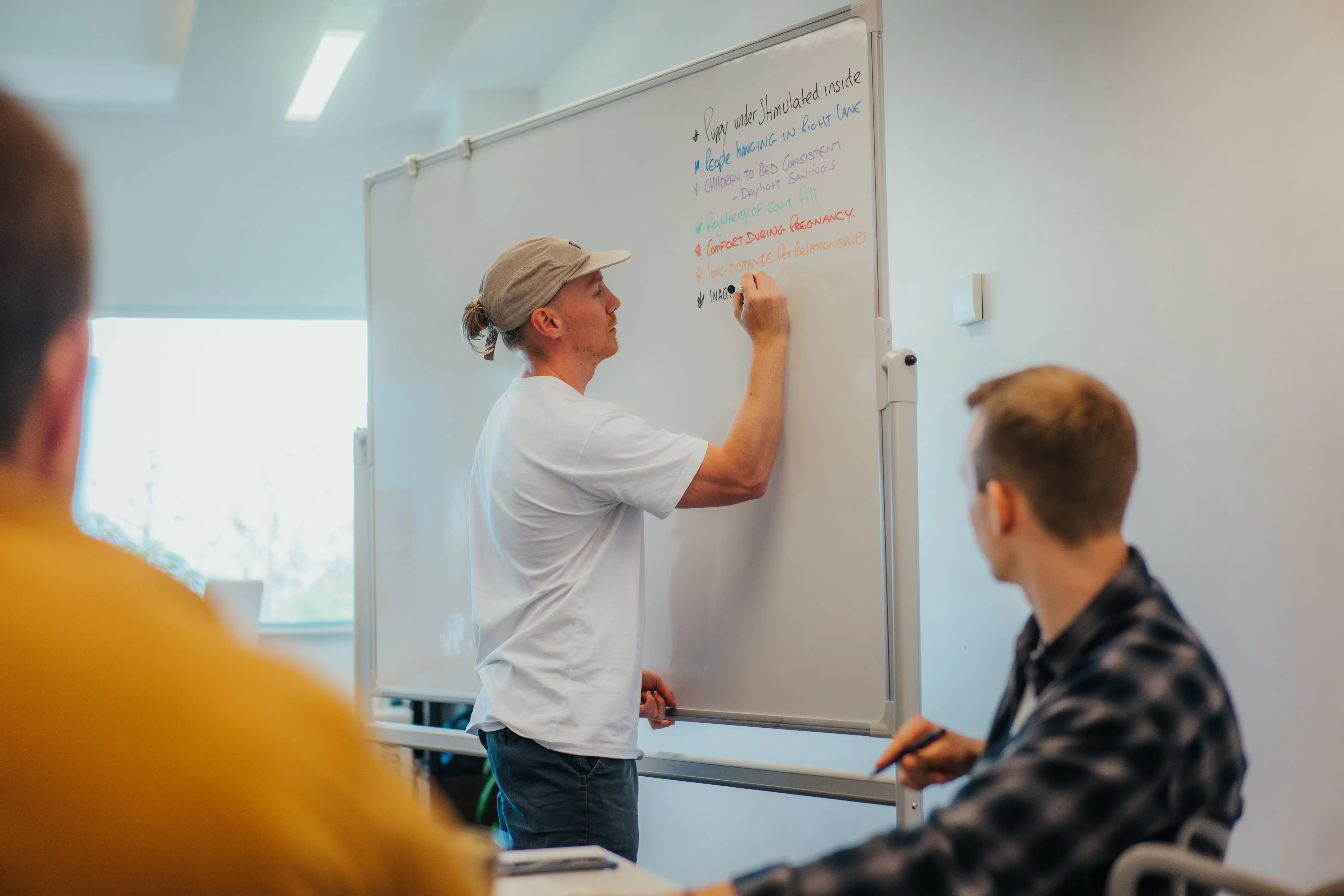
2 - Concept
Then, using digital sketching, we'll explore a variety of possibilities to establish the best design direction.
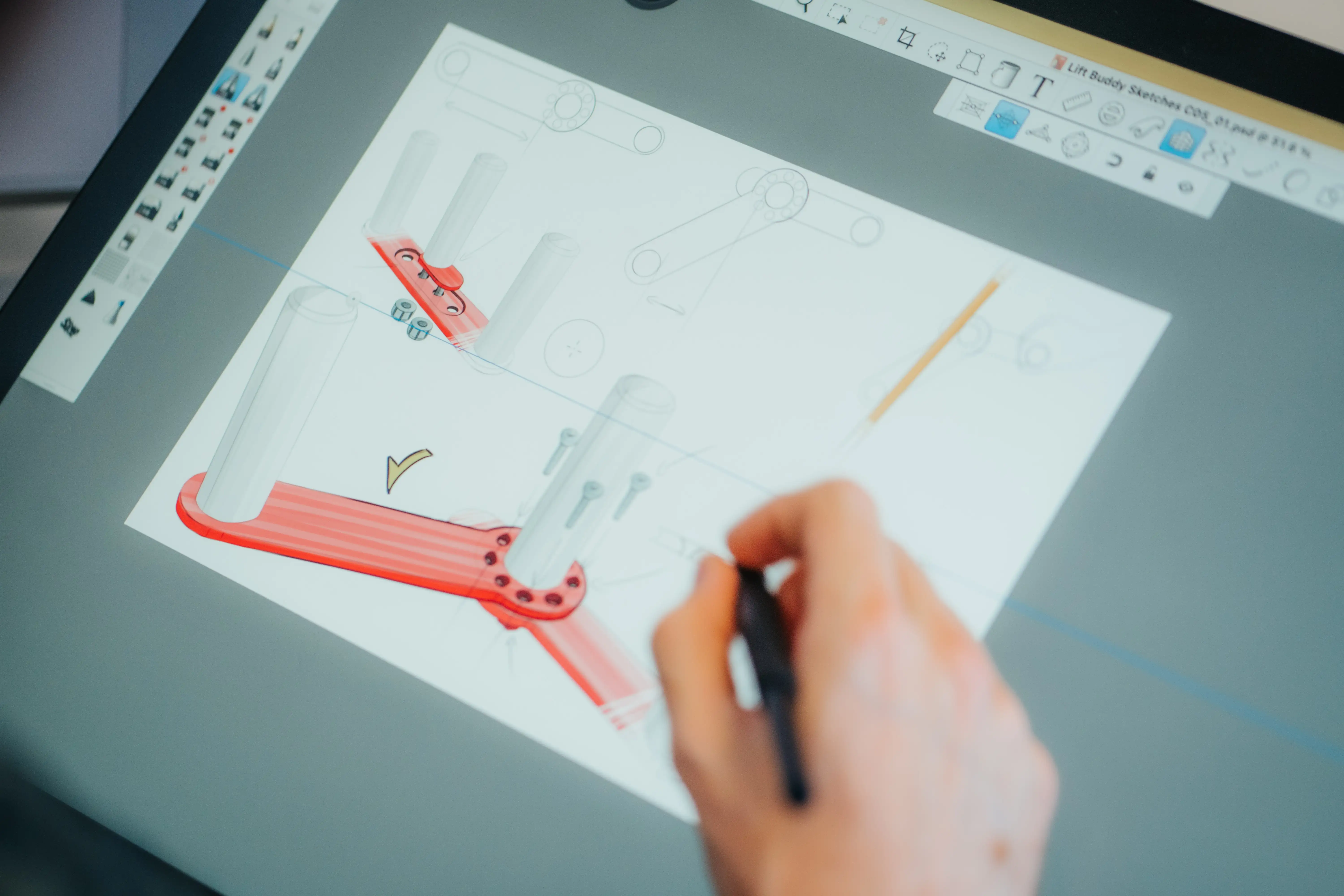
3 - Development
Our expert team will create your product in a virtual environment with specialist in-house 3D CAD software.
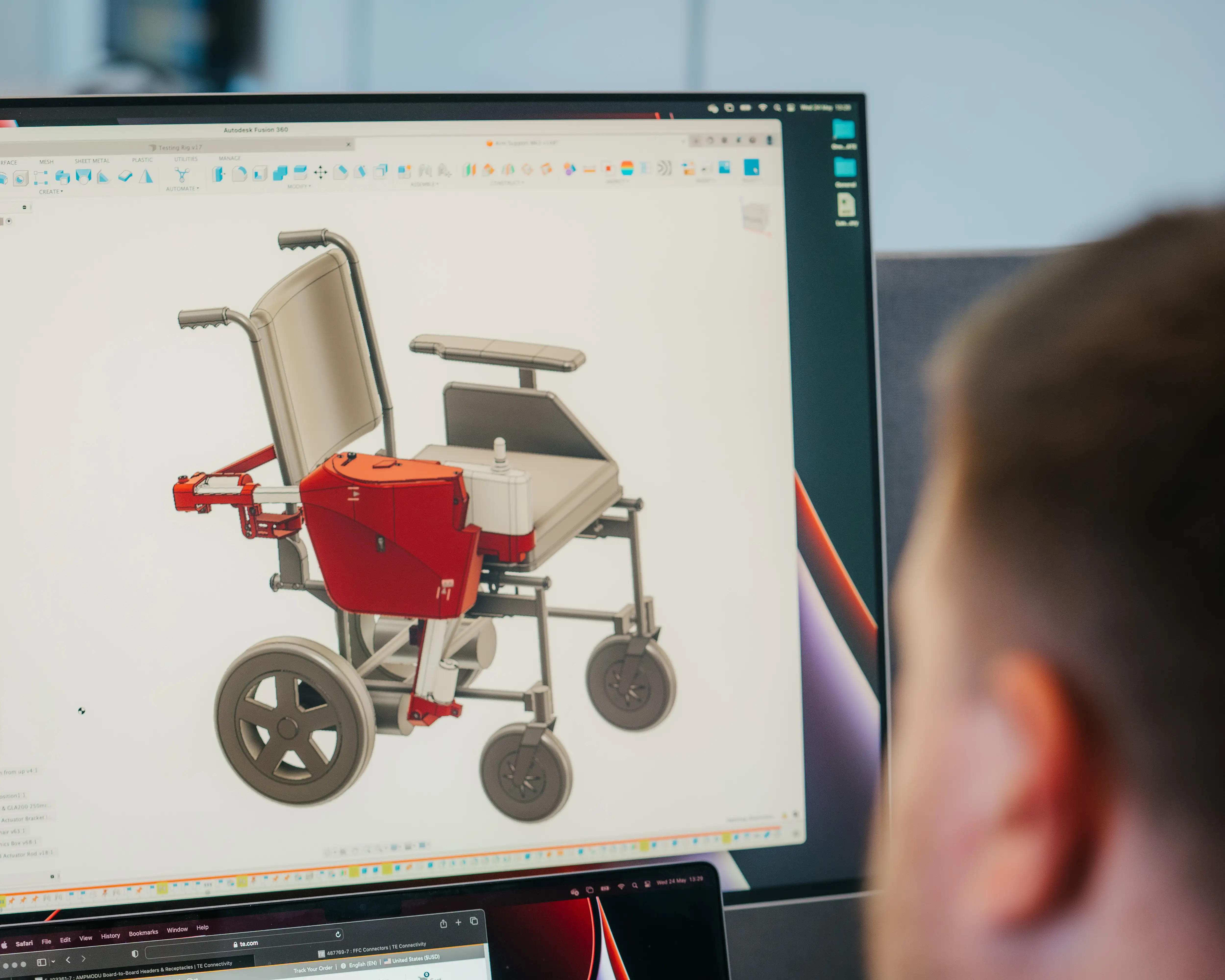
4 - Detail
Prototyping technologies will allow us to test your design - ensuring that it meets the needs of its users.
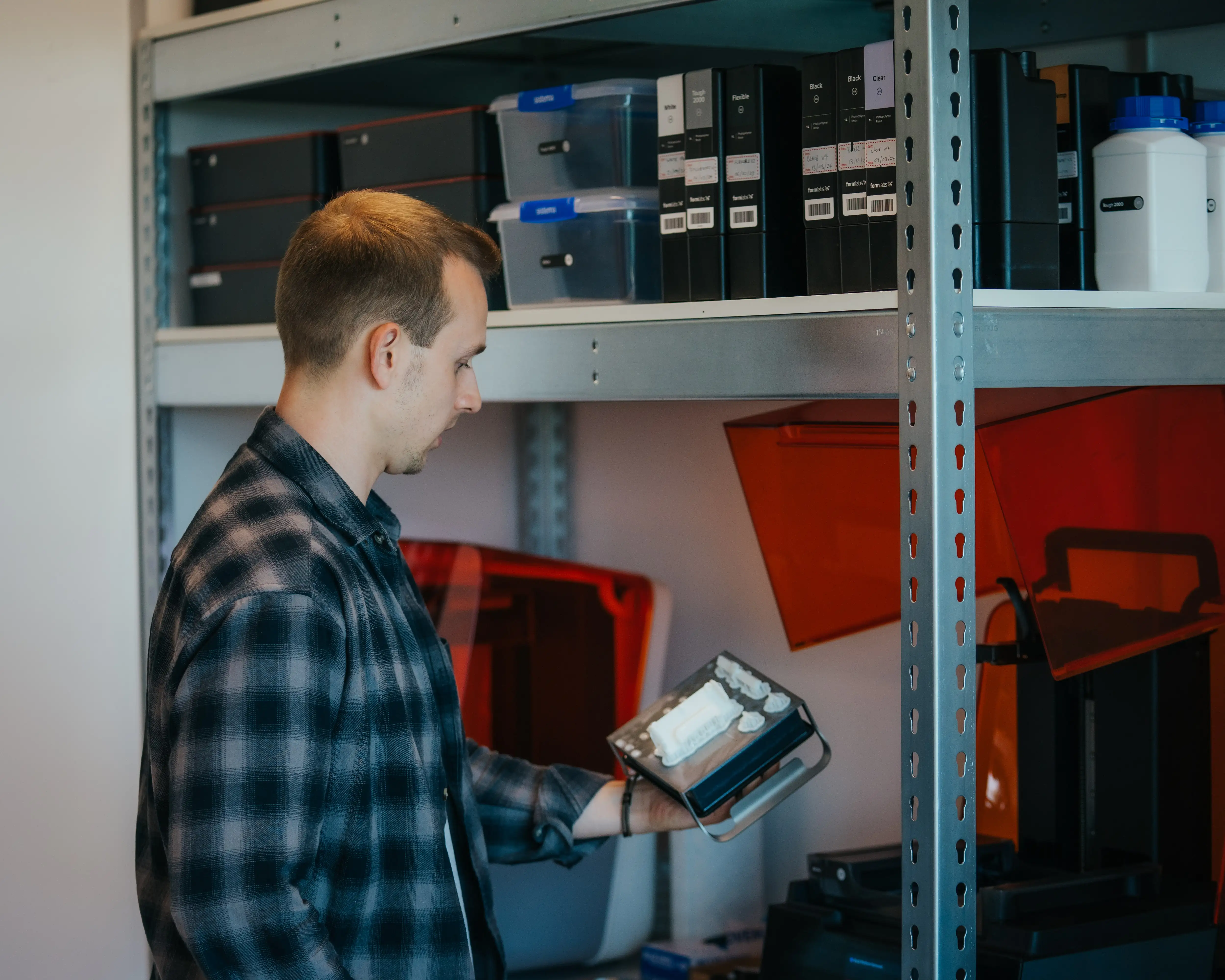
5 - Optimise
Final refinements will be made so that we can prepare the engineering data needed to manufacture your product.
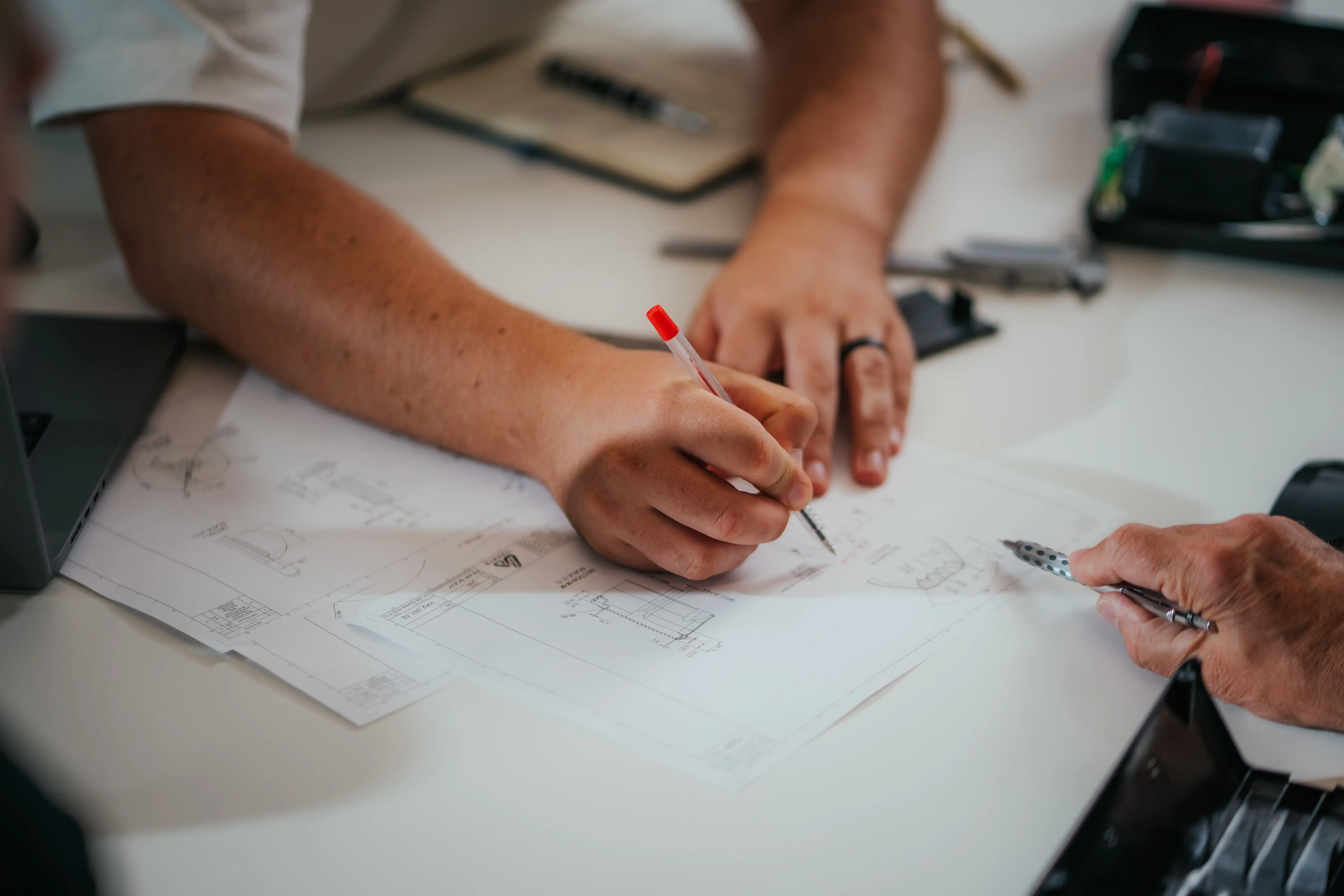
6 - Verify
It may then be necessary to engage an external test house to verify that your product meets safety regulations.
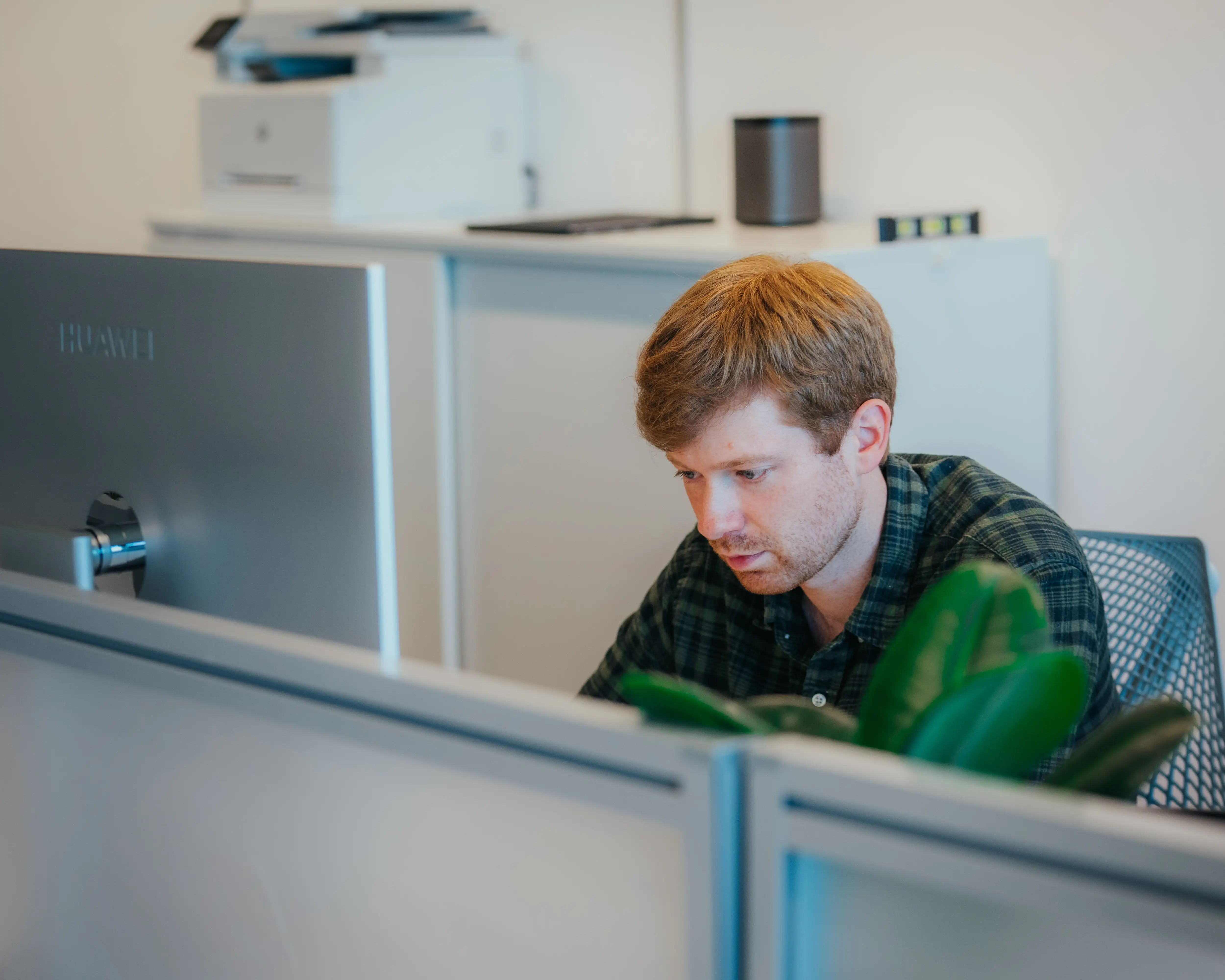
7 - Handover
Finally, we'll provide access to our network of manufacturing partners to produce the product we have created.

Case Study.
Mutiny Shaving is a sustainable personal grooming product supplier, who partnered with ITERATE through the Welsh Government’s SMART Productivity & Design program. The challenge was to design an eco-friendly razor using 3D printing technology that was safe to use and performed in the same way as a traditional razor. After rigorous prototyping and testing, ITERATE created a v-shaped neck with a pin and collar locking mechanism for precise and repeatable blade attachment. Careful material selection led to three eco-conscious 3D printing options, including 70% recycled polymer, wood concentrate and beer waste filaments. The result is a unique razor designed for Fuse Deposition Modelling (FDM) technology, which is fully compostable after its life-in-service. This razor stands out as a sustainable alternative to non-recyclable razors in the market, reflecting Mutiny Shaving’s commitment to becoming carbon neutral.
Our Work.
We have achieved ISO 9001 & 13485 accreditation, enabling us to offer product design, research, development and
prototyping consultancy to private companies and public sector organisations in medical, consumer and industrial markets.
Customers & Partners.
“Having an idea is one thing but making that a reality is another. After trawling through Google, looking for a team that could bring my thoughts to reality, I stumbled onto the ITERATE website. I couldn’t have asked for a more experienced team to deliver my thoughts to market. Explaining each step and cost, I had a clear understanding of my path ahead. Truly a team that has gone way beyond. Guiding me through these times of new. Exciting times ahead for the team and I as our product is on its way. Can’t thank you enough.”
Mario Charalambous, Creative Director, Be Free Ltd.
FAQs.
How much does it cost to design a new product?
The cost of developing a new product can vary significantly depending on the product’s complexity, industry, and specific requirements. At the start of your journey, we will discuss your product idea with you in detail. This will allow us to generate a bespoke proposal – outlining each phase of work and estimated costs per phase. If your development is high risk and involves significant technical challenges to be overcome, we will recommend undertaking a package of ‘technical feasibility’ to better understand these barriers before embarking on the wider development project. It is always important to remember that launching a new product will also require investment in intellectual property, manufacturing, distribution, marketing and sales.
How long will it take to design a new product?
The time required to develop a new product varies widely depending on its complexity, scope and industry. For example, an electro-mechanical medical device may take years to properly develop; whereas, a simple consumer product may only take a few months. Based on our past experience, we are always able to offer an estimated timeline. However, it’s important to recognise that whenever trying to create a new product, challenges will occur that will need to be overcome. This is why we believe it’s important to remain flexible and communicate regularly throughout the delivery of your project.
Will ITERATE handle my design idea in confidence?
Due to the nature of our work, our team treat every design idea in absolute confidence. Even before discussing your project with us, we are able to send you a signed Non Disclosure Agreement (NDA), giving you the assurance that all commercial and technical details will remain confidential. We would also be happy to sign your company NDA document, providing the terms are mutual. Please email this directly to design@iterate-uk.com
How do I protect my design idea?
You may wish to consider protecting your design with either a patent or design registration. There are differences between these two types of intellectual property: a patent protects a novel mechanical element or process; whereas, design registration protects the overall form of a product. The costs involved in one over the other vary considerably, as well as the time needed to obtain your documentation. We would suggest discussing your IP strategy with an Attorney in our network. It is important to remember that there are many other benefits to launching a product in to the market without any protection in place but this will vary depending on your specific circumstance.
Who will own the design at the end of the project?
Each project is delivered in a number of phases and a cost is attributed against each phase of work. We request that 50% payment is made upfront and 50% payment is made on completion of each phase. Providing the work is paid for in full, you will own all intellectual property associated with a given phase of work. All design rights will automatically be transferred to you at the point of payment. If for whatever reason, you fail to pay for the work that has been undertaken, we reserve the right to retain all IP associated with your project.
Why should I partner with ITERATE to design my product?
We pride ourselves on creating not just products, but exceptional client experiences. When you choose to collaborate with us to bring your vision to life, you’re not just getting a product development partner; you’re embarking on a journey designed to prioritise your success. Our unwavering commitment to enhancing your experience sets us apart. We believe that a positive client experience is at the heart of every successful project, and we’re dedicated to making your journey with us both enjoyable and rewarding. With our team by your side, you can expect a seamless and enriching partnership, where your needs and aspirations are at the forefront of everything we do.


